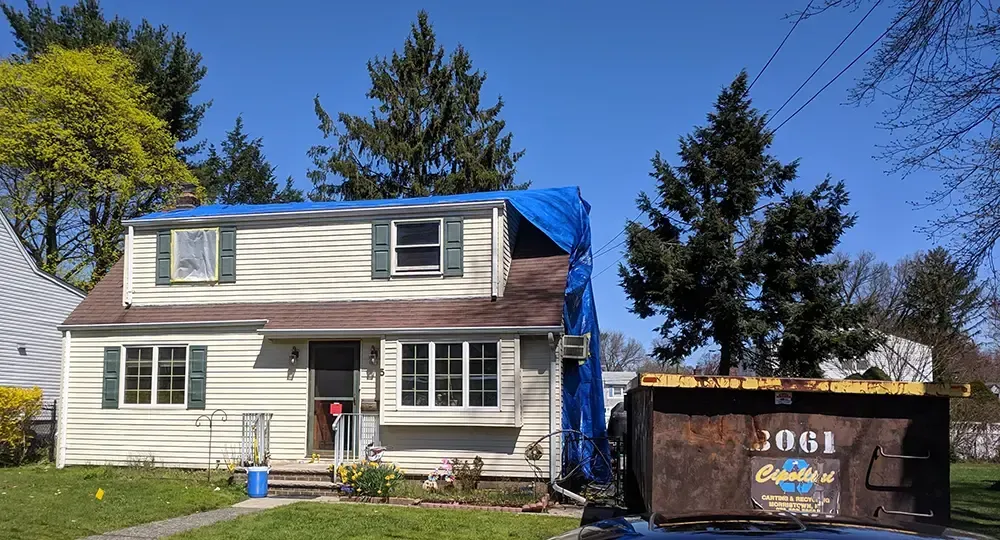24 Hours After a Fire: What to Do in Mandeville, LA, and Beyond?

A fire is devastating not only to a home and property but also to the mental health of those living through the experience. In Mandeville, LA, as well as in Alexandria and New Iberia, the trauma associated with fire damage can be overwhelming. It might be hard to think correctly after the firefighters have left and you are there in the ruins. However, it's crucial to remain calm and take specific steps.
Certain things should be done right after a fire is put out, and they should be done within the first 24 hours. Taking the right steps is crucial in the immediate aftermath of a fire, whether in Alexandria, LA, or elsewhere. Here is a detailed guide on what to do within 24 hours following a fire incident. The list below is comprehensive, so not every point may apply to your situation in Mandeville, New Iberia, or Alexandria. Using this list, highlight the issues that apply to you and tackle them individually.
24-Hour Post-Fire Checklist
- Contact Insurance Immediately: Call your insurance agent or company's claims hotline. Inquire about specific steps for your claim, such as securing the property and assessing damages in fire-damaged areas like New Iberia, LA. Request information about authorized water and fire restoration companies in Mandeville LA. Understand what expenses will be covered, such as temporary housing.
- Seek Community Assistance if Uninsured: Contact local organizations like the American Red Cross for assistance in areas like Alexandria, LA. Inquire about emergency shelter, food, and supplies. Utilize public health departments for medical care and emotional support.
- Family and Pet Safety: Arrange temporary accommodation for family members, especially in areas heavily impacted by fire, such as Mandeville, LA. Ensure pets are taken to a safe location, away from fire-damaged areas.
- Home Safety Assessment: Wait for clearance from the fire department before entering your home, especially in fire-prone areas like Alexandria, LA. Check with local utilities to confirm whether using electricity, gas, and water is safe.
- Property Security: Notify the local police if you'll be staying elsewhere, a common precaution in places like New Iberia, LA. Consider boarding up windows and doors to prevent unauthorized access.
- Financial Communications: Inform your landlord or mortgage lender about the fire. Report lost credit cards to banks to prevent unauthorized use. Keep receipts of all fire-related expenses for insurance claims and tax deductions.
- Insurance Claim and Valuation: Start documenting the damage with photos and lists of lost items. Discuss the process of property valuation with your insurance adjuster.
- Vital Document Replacement: Begin replacing essential documents like driver's licenses and insurance policies. Contact relevant agencies for guidance on document replacement. Some documents to consider are driver's licenses, auto registration, property titles, and deeds.
- Handling Damaged Currency: Contact your regional Federal Reserve Bank or Bureau of Engraving and Printing for replacement for partially burnt or damaged money.
- Savings Bonds Recovery: For damaged U.S. savings bonds, complete FS Form 1048, available at TreasuryDirect.gov, and submit it for replacement.
- Tax Implications: Consult a tax professional or contact the IRS about potential deductions for fire loss.
This checklist ensures you cover essential steps after a fire in Mandeville, LA, Alexandria, LA, or New Iberia, LA. Prompt action can facilitate a smoother recovery process and mitigate further complications. For more information on fire damage restoration, you should not hesitate to call the experts in Mandeville, LA. Our team is known to be the best fire damage restoration around.
You might also like
DryMax Restoration Blogs




